How to Grow Your Mobile App Retention
Mobile App Growth
November 30, 2018
Guest post by Alon Even (Appsee).
Iowa Farmer Ray Kinsella (Played by Kevin Costner), in Field of Dreams isn’t the only one who believed that if he builds it, they will come. That seems to be the rallying cry of app publishers, developers and appreneurs everywhere. However, that belief is waning. And justifiably so.
In today’s seemingly endless world of mobile apps, even if you think you have a winner, get ready for your bubble to be burst fairly quickly. If you do bust through the app launch barrier and your app starts generating downloads, you should know that your work is just beginning.
Not only did you build it, but you need to inspire as many downloaders as possible to continue using it, hence retaining them as users which would turn into increased monetization opportunities. If you build it, they might come and download it. But, will they come again..and again….and again? That is your app’s main goal, maximizing your mobile app retention rate and converting those first time users into 2nd, 3rd, 4th time users and beyond.
The Growing Importance of Mobile App Retention
Most mobile experts agree that in the world of apps, retention is the most important measurement today to gauge just how valuable your app is in the eyes of your users. It will allow you to see how many users who download your app and use it once, come back as returning users. This metric will empower you to see what is working and what isn’t in your bid to engage your users, and to refine your app as needed to retain as many users as possible. This refinement of your app is paramount in maximizing your mobile app retention, and in so doing increasing conversions.
The key to measuring retention is understanding the frequency which users return to your app after their first visit over a specified time frame. Cohort analysis (see example below) measures mobile app retention and aggregates the groups of your defined users who began using your app over that given time frame and provides you with the percentage of users who return to your app.
Cohort analysis has been available in most mobile analytics tools for a while, and now developers will finally have access to this directly in iTunes Connect:
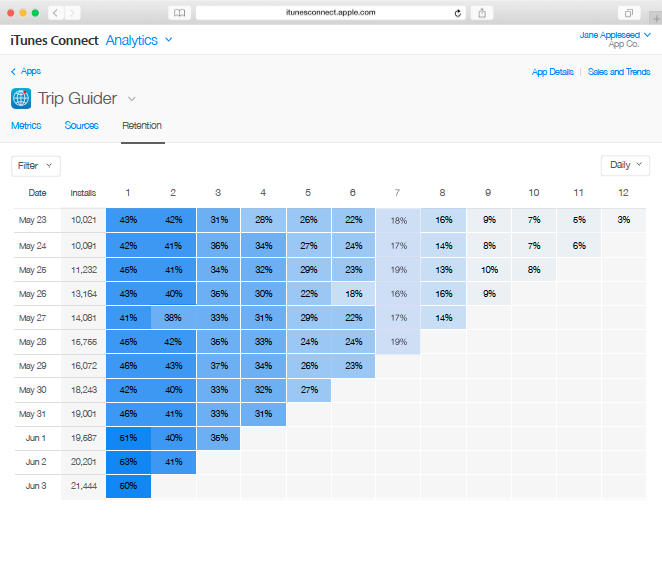
Bringing them On Board
In the context of retaining your users after their first time use, you need to employ a killer onboarding experience for the user without overwhelming them. Engage them. Connect them to your brand or product. Monitoring your users’ every move throughout your app is imperative to understanding user behavior and seeing how they use the app.
Say, you present your new downloaders with some awesome fresh content in the process of them signing in. It is something they never have seen before. It’s something that keeps them engaged with your app, and by the time they get to the conversion screen to sign up, they can’t come up with a reason not too. This is called showing them value before they sign up. Before you know it, you have an active user who comes daily. Your user base continues to grow.
Let’s take a look at some examples of increasing your app’s retention rate.
Show Users ONLY what they NEED
Would you stick with an app that tried to overload you with a lot of information? You want to get where you want to go. Quickly.
A key point in onboarding new users is to present them with just what they need to know, and not to overwhelm them with too much information. A mobile customer will quickly discard overwhelming designs that mimic desktop content page-for-page.
It’s fairly common to assume that a customer will input as much information on the mobile device as they do on the desktop. But input is much more time consuming on mobile devices, and it’s important to design with that in mind. The reality is that the small screen can be a blessing, as it enables you to focus on what is truly important.
Retention Models
Take a look at the image below for the Lyft app, that helps commuters find a ride whenever they need one. Upon opening the app, you’ll find a map that shows your location. The app tells you how many drivers are around your exact location, so it’s easy to see how many drivers are in your area and increases your chances to find a ride. Finally, to actually get a lift all you need to do is tap the big CTA (call-to-action) which is very visible on the lower portion of the screen.
Not overwhelming and simple. This is an app that retains users by taking a minimalist approach.
Increasing Retention beyond Onboarding
While monitoring your onboarding process and refining as needed is a key aspect of retaining your users, you want to continue this process beyond onboarding, in order to keep refining how your app engages your active user base. By understanding the why behind the actions of new and active users, you can learn, refine and create fresh ways to onboard, engage them and keep your app retention rate high.
App marketers need to focus on increasing retention in their bid to increase Lifetime Value (LTV).
LTV is all about measuring the value of a user over time. Defining it is different for each app, but it needs to be a metric that is quantifiable and is tied to certain actions within your app.
For instance, if your app is revenue driven, your user’s LTV is how much money your app has generated from that user over a specific time period. You might want to offer your users premium content they won’t find anywhere else if they perform certain actions, hence increasing engagement. Perhaps you can offer them 3 months free for premium app features.
There are plenty of ways. Time to get creative.
Keeping them Engaged
Let’s take a look at some examples of tactics to use to increase your app’s retention rate.
Coupon strategies
Beyond onboarding, using coupon strategies as Walgreens does (See screen below) aims to engage and keep users active. Users will return to your app when it brings them value that is constant. By designing your app from the beginning with this in mind, you would answer the main question of retention: Why would a user come back to your app? By providing a coupon, Walgreens also shows their users that they understand their needs and builds and strengthens why they use their app in the first place.
Pushing to Engagement
In the first month after downloading, when users typically drop out of using an app, users who opt-in to receive push notifications have just over a 25% higher probability to continue using the app than those who do not. Beyond the first month, users who have opted-in are retained at twice the rate of those do not get notifications. Additionally, users who opt-in in also open those apps at twice the rate for those who did not opt-in during their first month. This app engagement percentage increases over time.
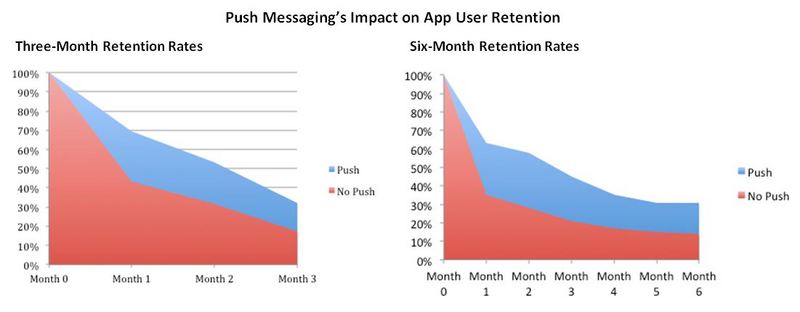
The Added Value of Visual Mobile Analytics
You need to know more than the key metrics that traditional analytics provides. You might know how many downloads have been performed, how many drop out, but you don’t gain an insight into the user experience and behavior to arrive at a conclusion why they are.
You’re missing where they are pinching, swiping, tapping.
Visual App Analytics, such as Appsee, includes features to turn your understanding of user behavior into action and empowers you to optimize your app in terms of UI, UX, Design, etc. This will translate into increased retention rate, conversions and in-app monetization.
Let’s take a look at some of the value features that visual mobile app analytics adds to the app optimization mix and in keeping your retention rate healthy.
User Recordings
User recordings allow you to see how users engage with your app via tapping, swiping and pinching. By seeing users’ gestures, you can then refine and smooth out the friction points.
For example, say a user gets to a certain screen and starts tapping on what he/she thinks is a call to action (CTA) button, but it really is just an image. You see the user pausing while pondering the confusing UI. You then never see that user again, and you realize this trend is proliferating among your user base.
This trend is your wake up call to analyze and refine the problem by implementing a less confusing UI design, relaunching and keeping your users, while providing them with a frictionless experience.
Touch Heatmaps
With touch heatmaps you can see a breakdown of all gestures in a visual report format. Taps, swipes and pinches are actions that will provide you with insight on user behavior. Where are they tapping most? Where are they pinching? Where do they interact the most?
Say you see users are clicking on an icon on the bottom of the screen that brings them to a product page and converts. You want to replicate this success and place the icon on the bottom part of other content screens and witness more engagement and conversions. These Touch Heatmaps allow you to dive deep into the user behavior and figure out the why behind user actions, come up with an optimization plan, and implement it to retain users.
Realtime In-App Visual Analytics
Visually, you’ll be able to see a breakdown of user behavior such as:
- Where do your app users spend most of their time?
- What screens are they on when they drop out?
- What is the user’s screen flow?
- What UI elements cause the most friction in the mobile user experience?
By studying the why of these questions, you will come to a strategy for optimizing your app during your onboarding process and beyond. Whether it be placement of your CTA button, the size of your images, font, colors or other UI elements, Visual analytics will help you get what you need.
The key to retention using visual mobile analytics is to monitor, analyze, optimize, launch, and repeat.
Refining your app’s onboarding process is just one piece of the app optimization puzzle, but it is the first piece that needs to be in place so that there will be future need for refinement.
The next piece of the puzzle is to refine your app’s strategies for retention. Without converting your downloaders to active users, and retaining them, you’ll most likely never see those users again. More importantly, all your efforts from day 1 will be a waste of time and money.
***
About the author:
Alon is VP Marketing at Appsee Mobile Analytics. His areas of expertise are online marketing, mobile analytics, and mobile UX.
Alon is experienced with the app optimization process for delivering increased engagement, conversions and in-app monetization.
You can connect with Alon on LinkedIn and on Twitter.
- Engage, Retain, Earn: Growth Strategy for Game Apps [Based on Data] - 15 September 2022
- How to do App Store Optimization step-by-step: a full cycle of ASO in the App Store and Google Play - 9 August 2022
- The Importance of A/B Testing - 13 January 2022


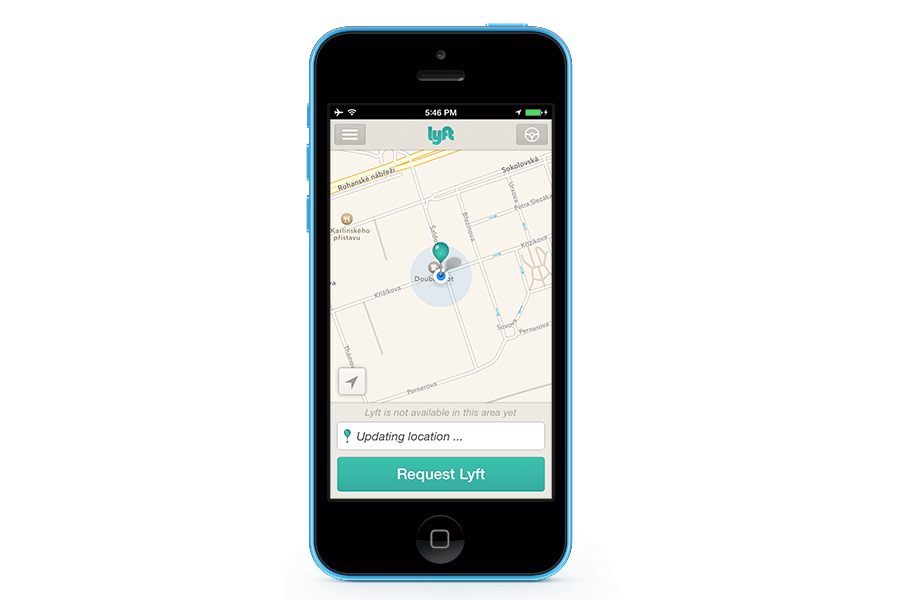
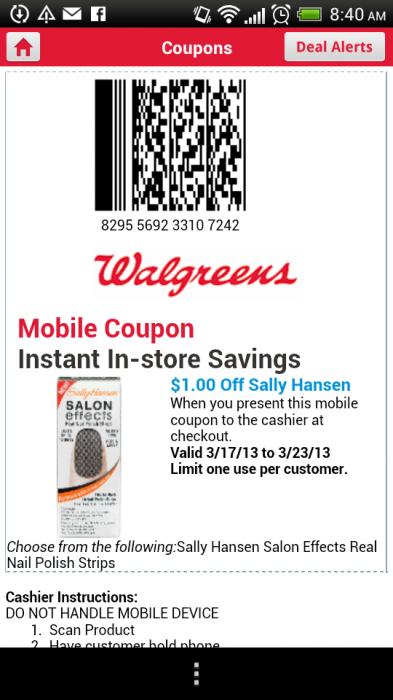
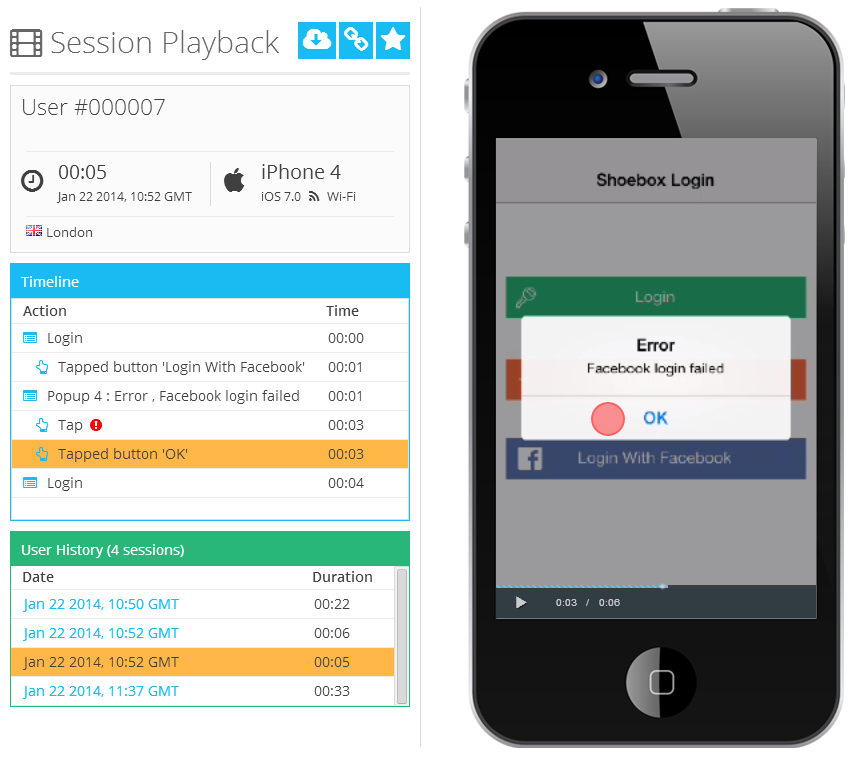
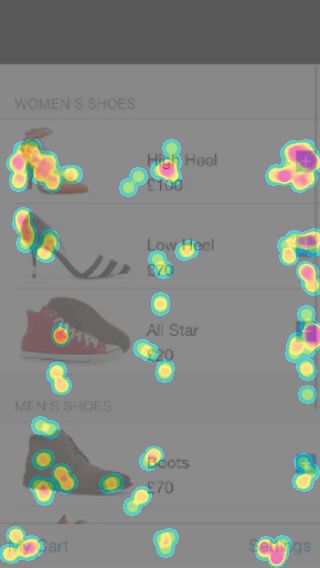
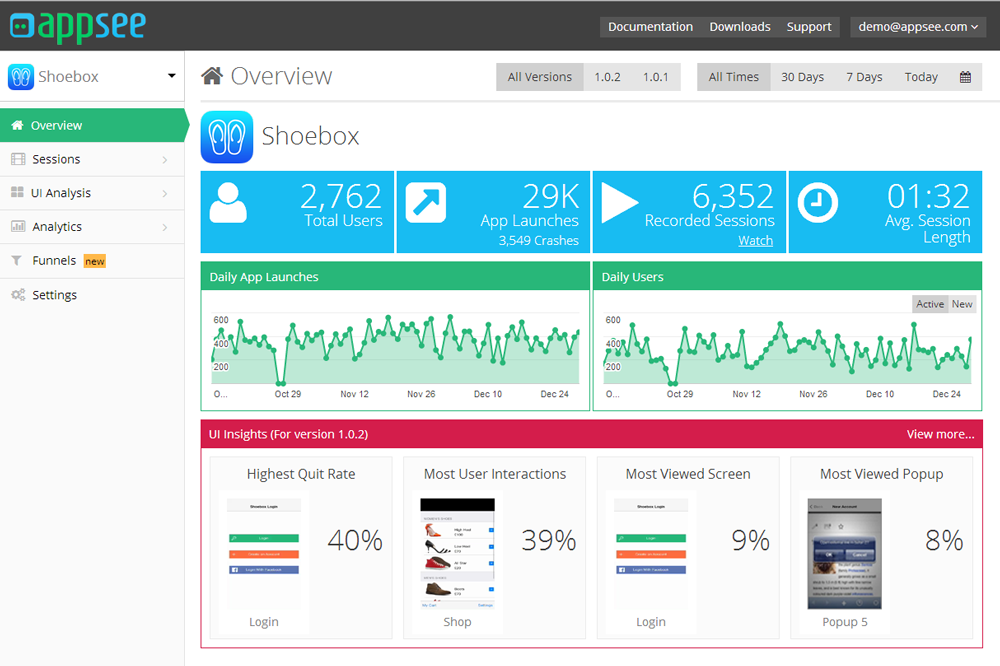

Thanks Alon for sharing the informative article. After launching a mobile app, every business wants to have engaging customers and users that visit app again and again. Here are some tools mentioned that help to analyze user behaviour.